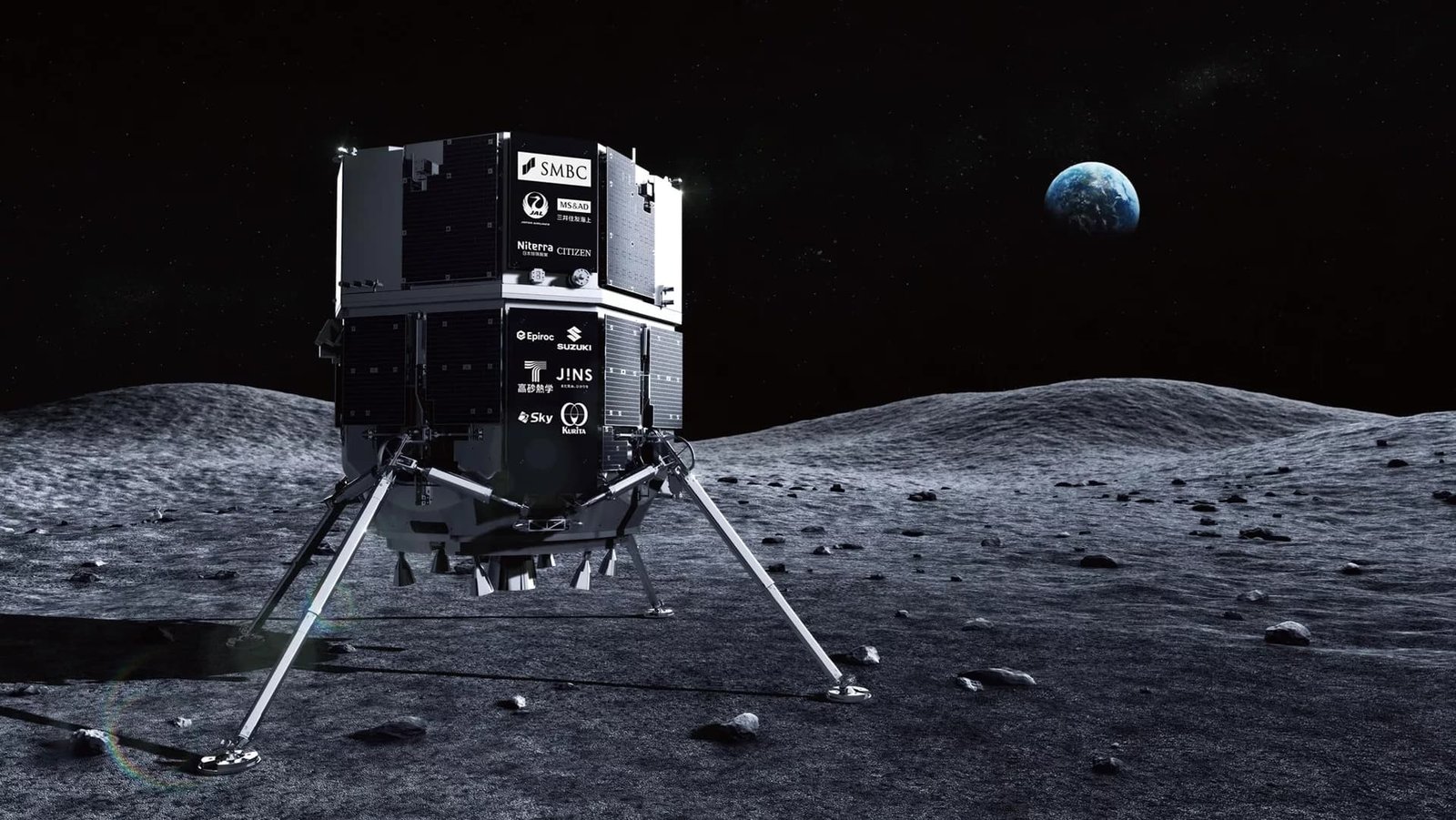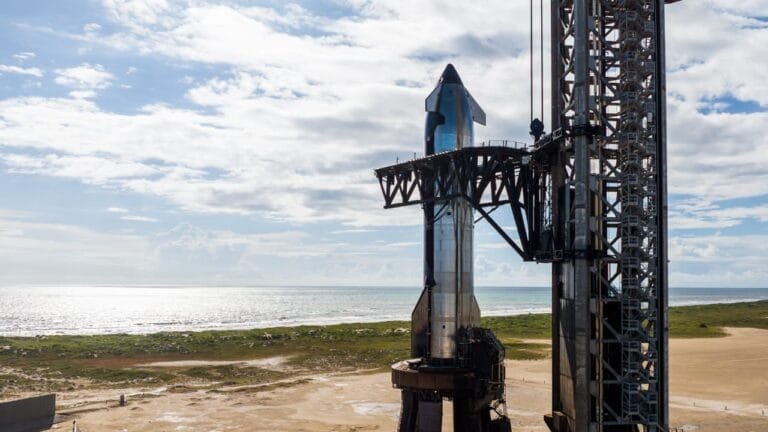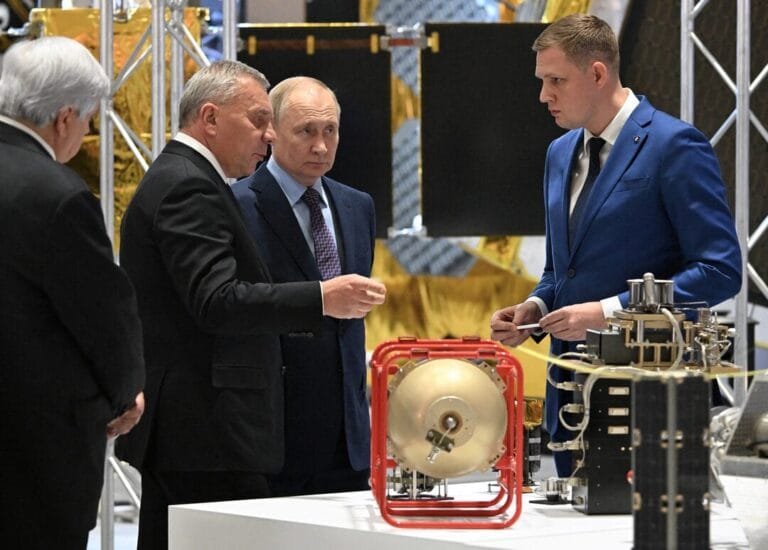
Japan’s Hakuto-R lander lifts off aboard a SpaceX Falcon 9, carrying the UAE’s Rashid rover to the Moon.
In April 2023, The world watched anxiously as a small, privately built Japanese spacecraft named Hakuto-R moon lander Mission 1 (M1) attempted a historic feat by becoming the first commercial lander to softly land on the moon. It carried a small rover named “Rashid” (meaning “resilience” or “correct guidance” in Arabic), which was developed by the United Arab Emirates. Sadly, communications were lost just moments before landing. Months later, NASA’s eagle-eyed Lunar Orbiter provided the definitive answer, capturing clear photos of the crash site – the final resting place of Resilience. Here’s a detailed look at the mission, the accident, and NASA’s crucial role in solving the mystery.
Hopeful Mission: Hakuto-R M1 and Rashid
The mission was led by ispace, a Tokyo-based private company that is a pioneer in commercial lunar exploration. Their goal was to deliver payloads (such as rovers and experiments) to the moon for various customers. Built by the Mohammed bin Rashid Space Center (MBRSC) in Dubai, the spacecraft weighed about 22 pounds (10 kilograms) and was a marvel of miniaturization designed to study the lunar soil, geology and the behavior of dust on the surface. Its name, “Rashid,” connotes the spirit of perseverance. Successfully launched on a SpaceX Falcon 9 rocket in December 2022, the Hakuto-R M1 took a long, fuel-efficient trajectory to the moon, reaching lunar orbit in March 2023.
Landing attempt On April 25, 2023, the lander began its daring descent to Atlas Crater in the northeastern quadrant of the moon. Everything seemed normal until the final minutes. Mission Control lost contact with the lander when it was hovering momentarily just a few meters above the surface.
Mystery: What happened to the resilience? Hakuto-R moon lander
The loss of signal was devastating. Without live telemetry or images from the lander, ispace engineers were left in the dark. Initial analysis showed that the lander ran out of propellant during its final descent maneuver. As it slowed, its engines burned fuel rapidly. Sensors may have given a false reading of altitude (perhaps mistaking the crater rim for ground level), causing the lander to think it had landed when it was still at altitude. It may then have shut down its engines prematurely, leading to a catastrophic free fall to the lunar surface. While telemetry data pointed strongly to a crash, definitive visual confirmation was needed. This is where NASA’s Lunar Reconnaissance Orbiter (LRO) became essential.
NASA’s Lunar Detective: Lunar Reconnaissance Orbiter
The veteran observer launched in 2009, LRO is NASA’s workhorse on the Moon. Orbiting the Moon from pole to pole, its primary mission was to map the lunar surface in unprecedented detail to find safe landing sites and resources for future missions. It continues to work brilliantly, which is a testament to its robust design. Cameras LROC and LRO’s secret weapon is the Lunar Reconnaissance Orbiter Camera (LROC) system. It’s not one camera but three. One Narrow Angle Camera (NAC) that captures incredibly high-resolution black-and-white photos (up to about 20 inches or 50 cm per pixel). Two Wide Angle Cameras (WAC) that provide lower-resolution color and context photos. Search Planning When a new spacecraft lands or crashes on the Moon, the LROC team immediately springs into action. They calculate the approximate impact site based on the last known trajectory. Then they carefully plan orbital passes over that area to capture “before” and “after” photos.
Capturing the crash site: forensic evidence on Hakuto-R moon lander
First pass (April 26, 2023) Just one day after the crash in Ish, LRO flew over the presumed landing site. The LROC team captured images. Although these show the area before the accident, they provide an important baseline for comparison. Second pass (May 23-25, 2023) About a month later, LRO again passed over the site in similar lighting conditions. This time, “after” images were taken. By carefully comparing the April and May images, LROC.






